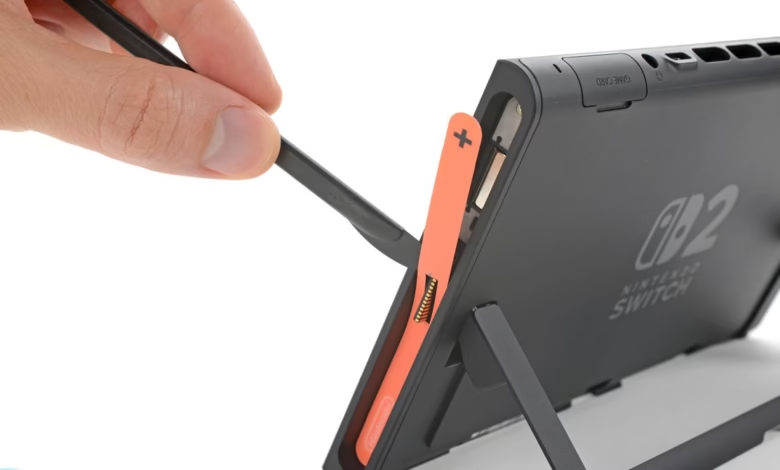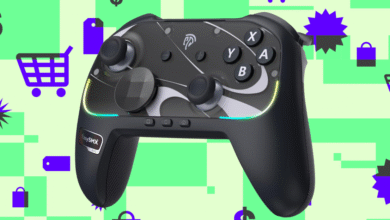Switch 2 May Be Harder to Fix & Still Prone to Joy-Con Drift

▼ Summary
– The Nintendo Switch 2 has been released with improvements like a better screen and stronger specs but is harder to repair than the original Switch.
– Despite a redesign, the Switch 2’s Joy-Con controllers still suffer from stick drift, a common issue in the original model.
– Stick drift occurs when joysticks register movement without input, and the Switch 2 lacks drift-resistant tech like Hall effect or TMR sensors.
– iFixit notes that replacing Joy-Con controllers is more difficult in the Switch 2, making repairs a challenge for users.
– The Switch 2 received a repairability score of 3/10 from iFixit, lower than the original Switch (4/10) and competitors like PlayStation 5 and Xbox Series X (7/10).
The Nintendo Switch 2 has arrived with notable upgrades, but early teardowns reveal concerning issues with repairability and persistent Joy-Con drift problems. While the new console boasts improved hardware and a redesigned controller layout, experts warn these changes may not address long-standing reliability concerns that plagued the original model.
A recent analysis by repair specialists highlights that the Switch 2’s Joy-Cons still rely on the same potentiometer-based joystick mechanism, the primary culprit behind stick drift. This frustrating issue, where controllers register false inputs without player movement, has been a widespread complaint since the first-generation Switch launched. Despite Nintendo’s claims of a complete redesign, the underlying technology remains unchanged, raising doubts about long-term durability.
Third-party repair options may once again become essential, as iFixit’s examination found no evidence of more reliable alternatives like Hall effect sensors, which use magnetic fields instead of physical contact to reduce wear. The team also noted that replacing faulty joysticks is now more complicated due to the revised internal design, further limiting user-friendly fixes.
Beyond controller concerns, the Switch 2 scored poorly in overall repairability, earning just 3 out of 10 in iFixit’s assessment, worse than its predecessor. Disassembly reveals excessive adhesive, fragile ribbon cables, and proprietary screws, making basic maintenance a challenge. By comparison, competing consoles like the PlayStation 5 and Xbox Series X received significantly higher marks for modular designs and easier component access.
For players hoping Nintendo had finally resolved these persistent hardware flaws, the findings are disappointing. While the Switch 2 delivers performance upgrades, its repairability setbacks and unaddressed drift risks suggest owners may face familiar frustrations down the line. Until manufacturers prioritize durable, serviceable designs, gamers might need to rely on aftermarket solutions to keep their controllers functioning properly.
(Source: Wired)





